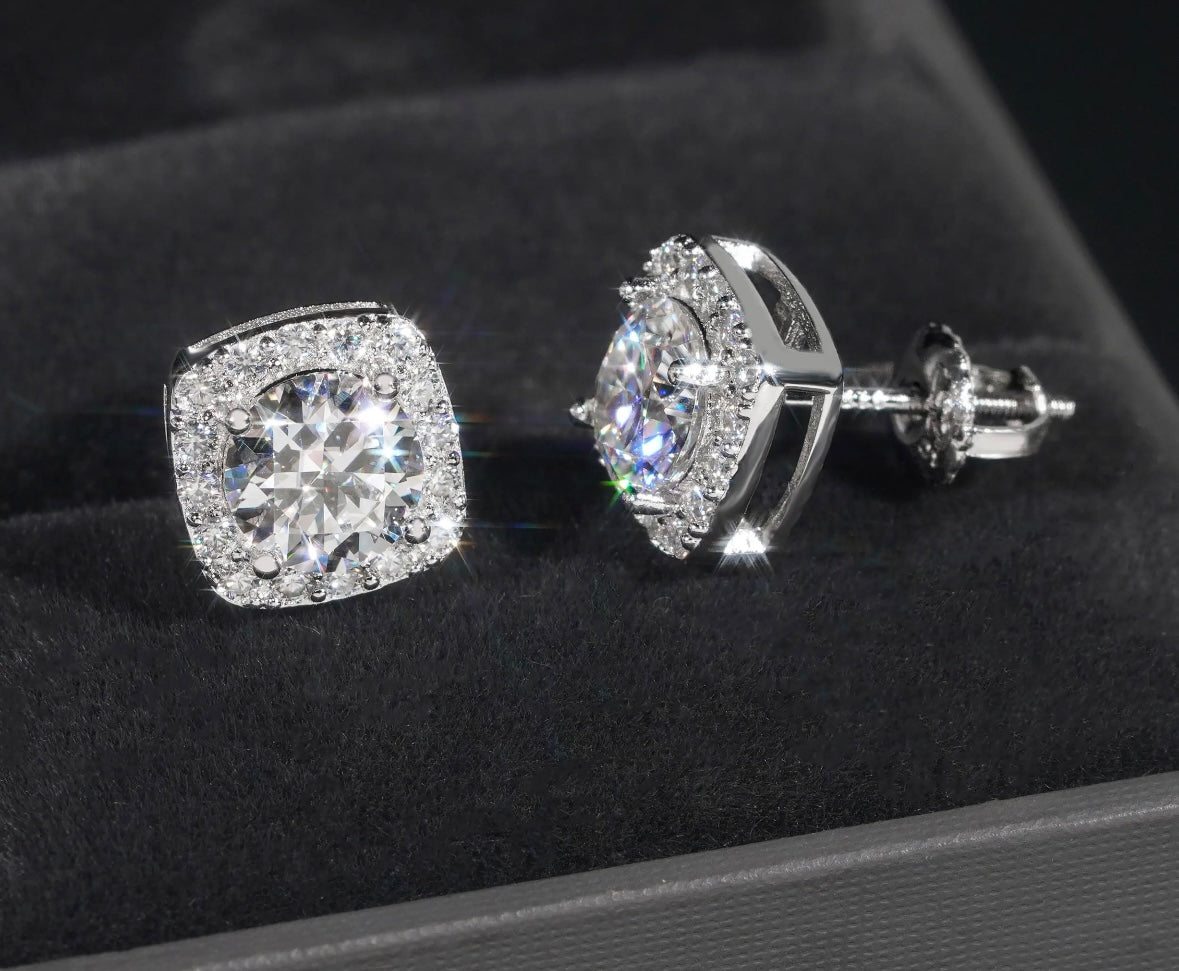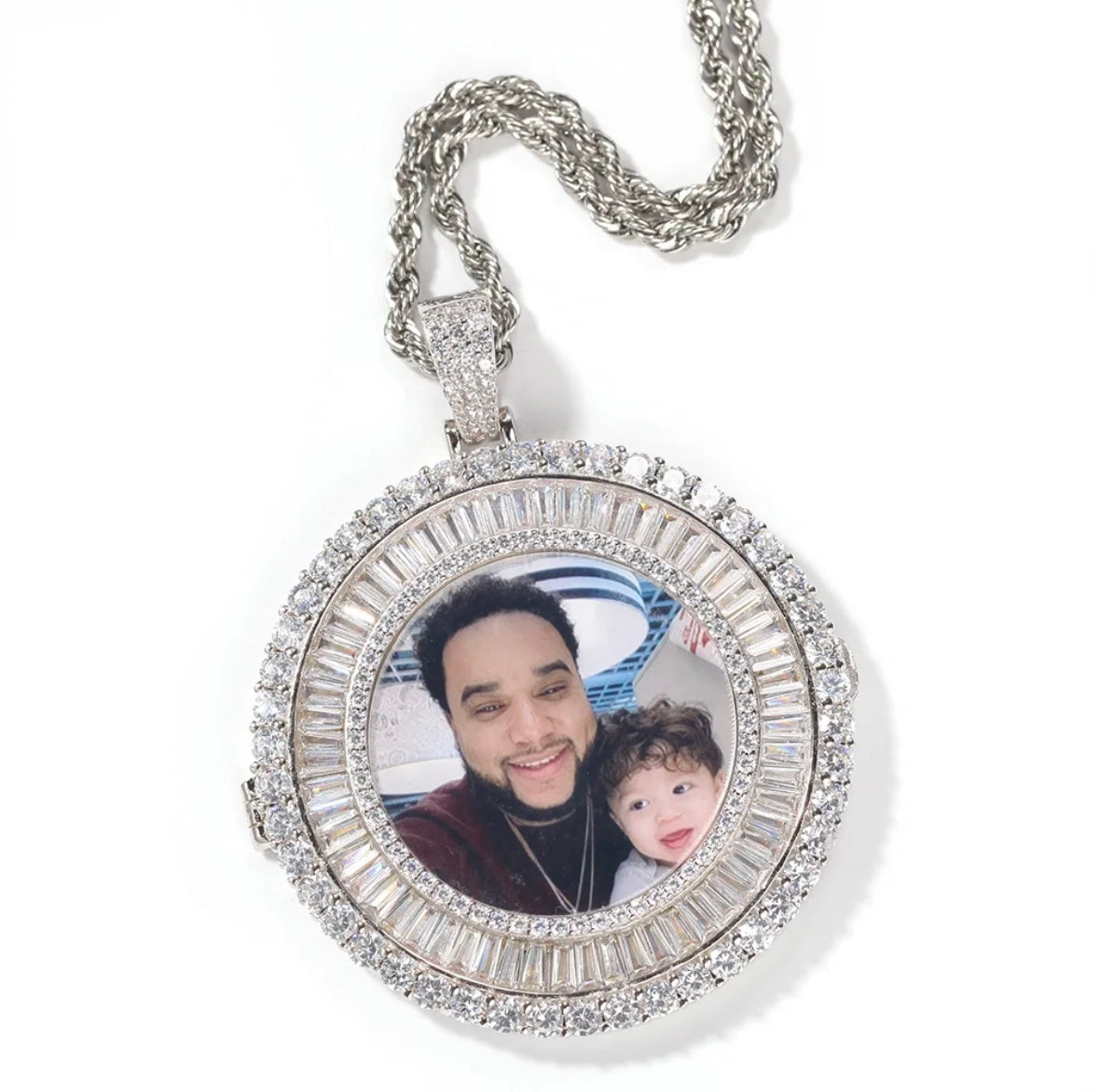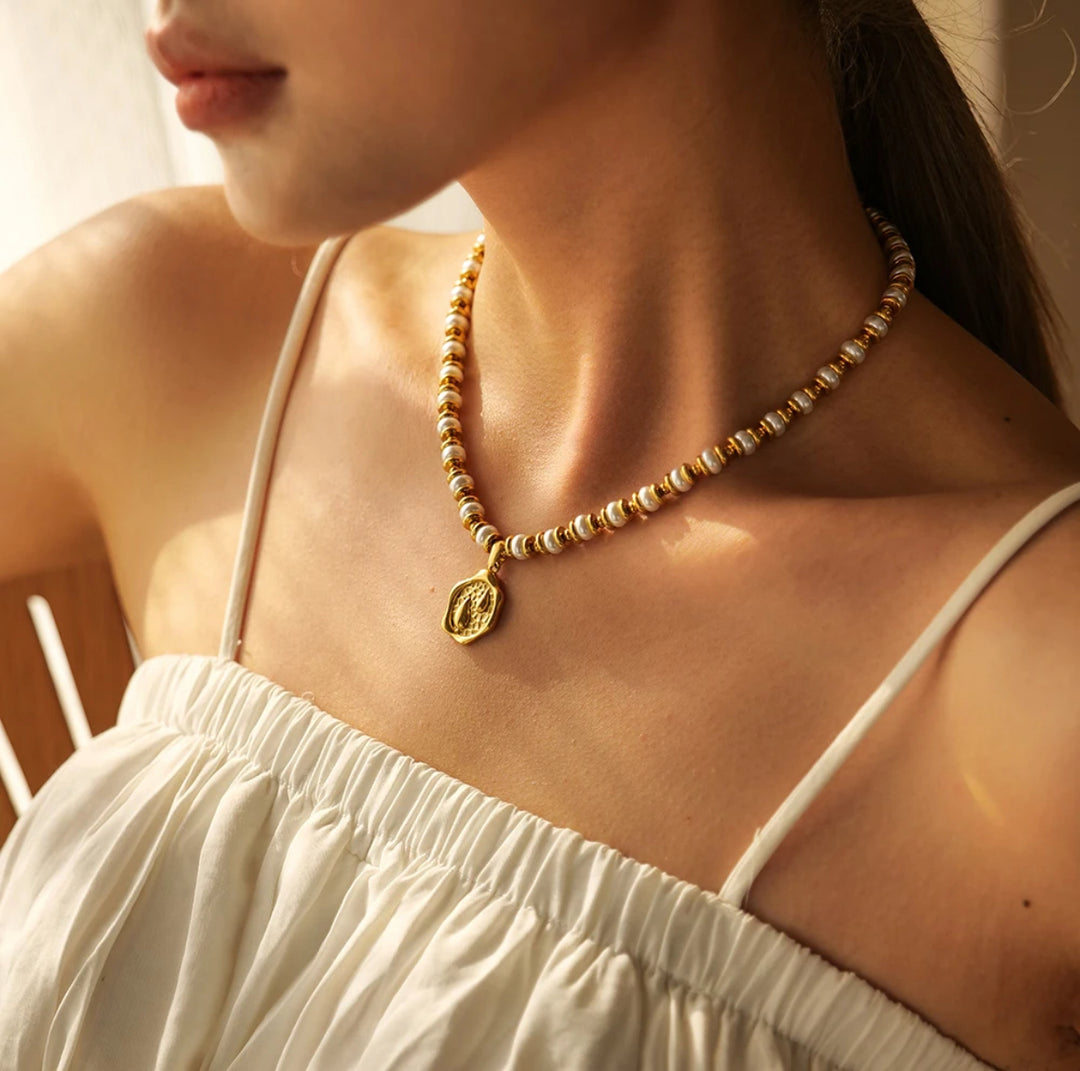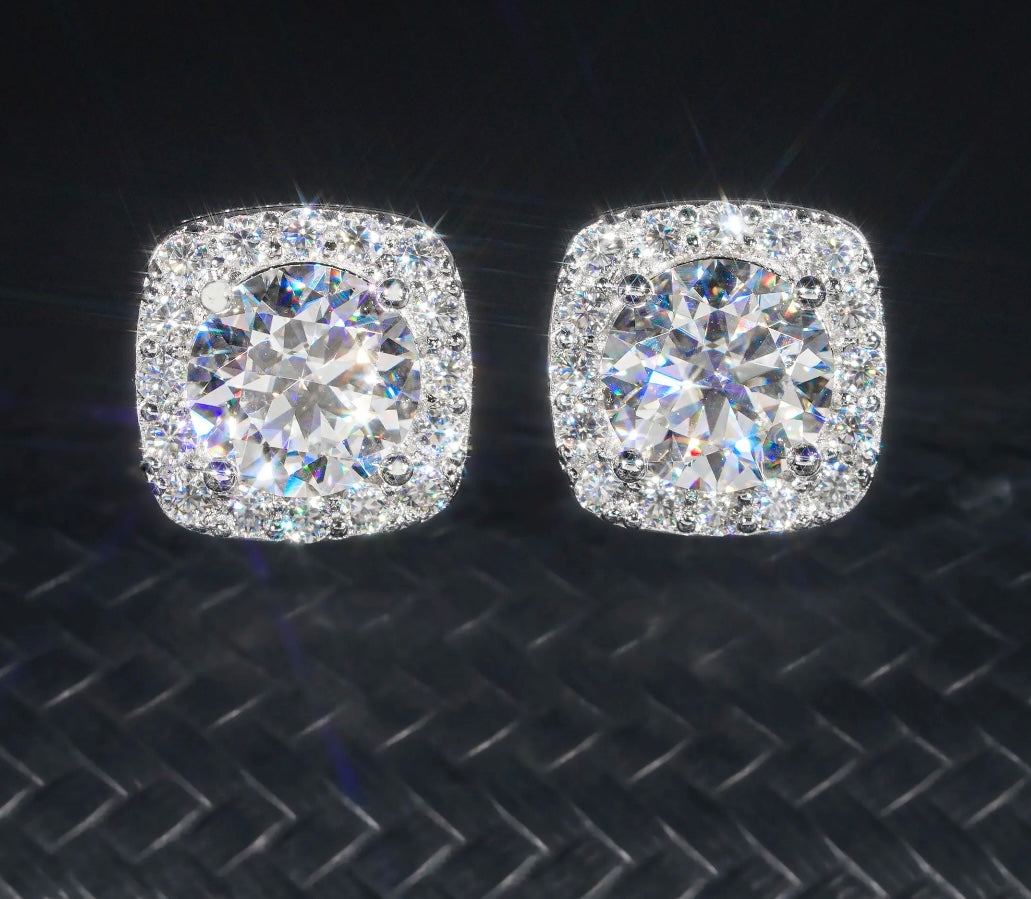









Is Sterling Silver Hypoallergenic?

What is Sterling Silver?
Sterling silver is a popular alloy consisting of 92.5% pure silver and 7.5% other metals, typically copper. This blend enhances the metal’s durability while maintaining the attractive luster of silver. It’s widely used in jewelry, cutlery, and decorative items, making it a staple in many households.
Why Choose Sterling Silver?
Sterling silver offers several appealing qualities:
1. Affordability: Compared to gold and platinum, sterling silver is more budget-friendly.
2. Versatility: It pairs well with various gemstones and styles, making it suitable for all occasions.
3. Durability: The addition of copper strengthens silver, ensuring long-lasting pieces.
Is Sterling Silver Hypoallergenic?
The term "hypoallergenic" refers to materials less likely to cause an allergic reaction. Pure silver is hypoallergenic, meaning it’s unlikely to cause any skin issues. However, sterling silver’s hypoallergenic status can be influenced by the other metals mixed with it.
Potential Allergens in Sterling Silver
While silver itself is generally safe, the 7.5% of other metals, usually copper, can sometimes cause reactions in people with extremely sensitive skin. Nickel, another metal that’s sometimes used in cheaper silver alloys, is a common allergen. However, quality sterling silver rarely contains nickel.

Recognizing Allergic Reactions
Allergic reactions to metals in jewelry can manifest as:
- Redness
- Itching
- Swelling
- Rash or blistering
If you experience any of these symptoms, it might be wise to consult a dermatologist and consider switching to purer silver or other hypoallergenic materials.
How to Minimize Allergic Reactions
If you love sterling silver but worry about allergies, here are some tips to minimize potential reactions:
1. Purchase Quality Jewelry: Ensure you’re buying from reputable sellers who guarantee nickel-free sterling silver.
2. Coating Jewelry: Apply a clear nail polish or jewelry sealant to the parts of the jewelry that touch your skin.
3. Regular Cleaning: Clean your jewelry regularly to remove any potential irritants or allergens.
Alternatives to Sterling Silver
If you find that you’re sensitive to sterling silver, consider these hypoallergenic alternatives:
- Titanium: Known for its strength and hypoallergenic properties.
- Platinum: A luxurious, hypoallergenic metal.
- Niobium: Less known but highly resistant to corrosion and hypoallergenic.
Conclusion
In summary, sterling silver is a fantastic choice for many due to its beauty, affordability, and durability. While it’s generally safe for most people, those with extremely sensitive skin should take extra precautions to ensure their jewelry doesn’t contain allergenic metals like nickel. By understanding what’s in your jewelry and how to care for it, you can enjoy the elegance of sterling silver without compromising on comfort.
FAQs
Q: Is sterling silver safe for sensitive ears?
A: Generally, yes. However, ensure it’s nickel-free to avoid any allergic reactions.
Q: How can I test if my sterling silver contains nickel?
A: Purchase a nickel testing kit from a jewelry store or online retailer to check for nickel content.
Q: What should I do if I develop a rash from sterling silver?
A: Stop wearing the jewelry and consult a dermatologist. Consider switching to a hypoallergenic alternative.
Q: Can I wear sterling silver every day?
A: Absolutely! Just make sure to clean it regularly to maintain its shine and prevent any potential skin reactions.











Leave a comment